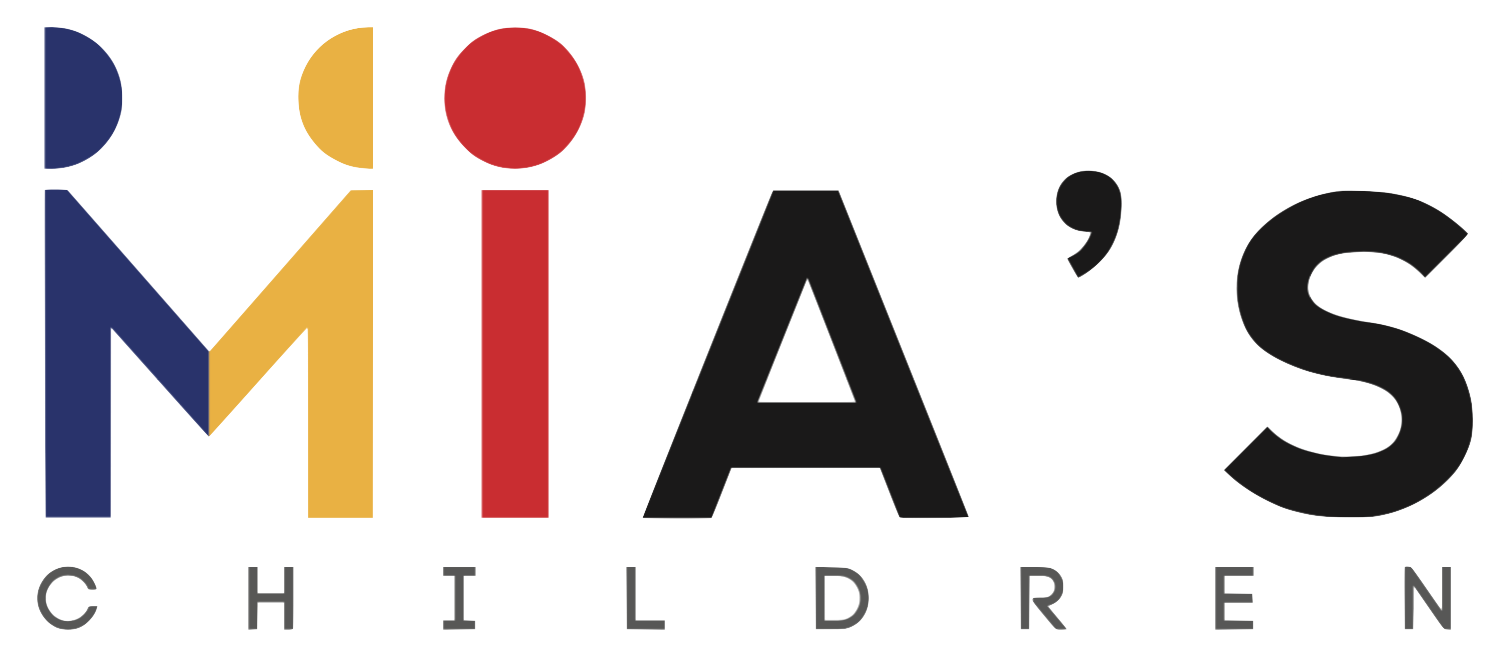A few months ago, a Romanian diplomat with the European Union came by Mia’s Children and saw some of our youth’s amazing paintings. He asked if he could exhibit their work in an international show meant to bridge cultures and give hope.
He has since chosen 47 paintings to show in Iraq, with more to be shown in Spain and possibly the U.S. later.

Mia calls the exhibit “a message of love and peace for all the children in the world” and says, “We are honored to represent Romania because it is a way to display how God has put in these children His gifts, with seeds planted, and we all together help them grow and be fruitful. So it is not only about art; it’s about something beyond – the love of God to and through His children and all His people who answer the commandment to love one another, instead of despising and/or giving no hope for the hopeless. It shows the agape love of Jesus in action.”

For the last 12 years, Mia has taught every child who walks through her doors how to paint, starting mostly with flowers and other still life pieces. It began as therapy and then led to competitions and even scholarship opportunities around Romania.

But these newer paintings veer away from the typical bouquet taught by Mia in the first years.
Each one is unique. They show a developed confidence and creativity. Children who walked through our doors twelve years ago unsure of who they were are now expressing themselves through art, just as they do in their schoolwork and relationships with others.
For us, these paintings represent more than the great talent it took to create them, or even the hope displayed through the show in Iraq: they are a symbol of how far we’ve come, of how beautifully the family at Mia’s Children has grown up.


















